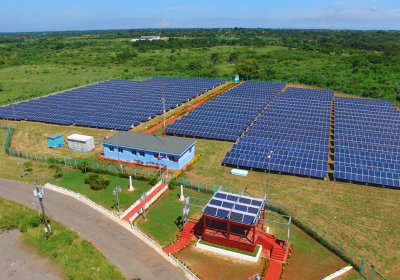
Cuba has been revitalising its energy sector for the past 25 years, reports Ian Ellis-Jones. The result has been a rise in efficiency and a significant reduction in emissions.

Cuba has been revitalising its energy sector for the past 25 years, reports Ian Ellis-Jones. The result has been a rise in efficiency and a significant reduction in emissions.

The focus on "net zero" and “fossil fuels versus renewables” does not do justice to the critical need for just solutions for the Global South and Indigenous peoples, writes Ruchira Talukdar.

Simon Butler answers the "left" argument that progressives should support nuclear power as a climate solution.

To cut greenhouse gas emissions we need to rapidly shift to safe, renewable energy. Nuclear power is not the answer, writes Simon Butler.
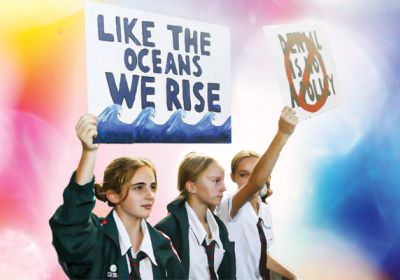
The International Energy Agency has ruffled feathers by calling for no investment in new fossil fuel supply projects, writes Margaret Gleeson.
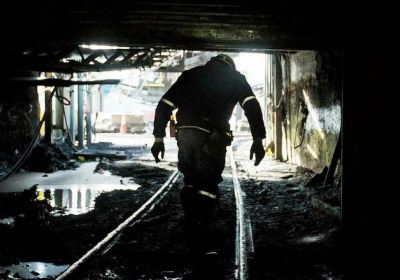
In the Hunter, workers and communities are having an urgent discussion on their economy, jobs and its environmental impact, writes Steve O'Brien.
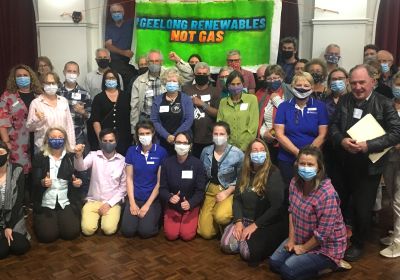
Geelong Sustainability says the city can be a renewable energy hub because it has the infrastructure, skilled workforce and proud manufacturing heritage, reports Kerry Smith.
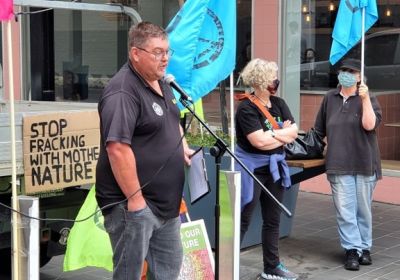
Geelong Trades Hall Council has decided it will seek broader interest in a new campaign for a sustainable green jobs, reports Tim Gooden.
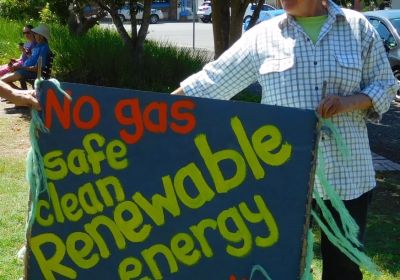
The NSW government says its Electricity Infrastructure Roadmap is responding to community concerns about reducing emissions and energy costs. But is it? Patrick McDonald takes a look.
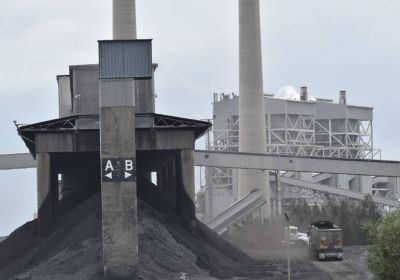
The federal government has given the ageing privately-owned Vales Point coal fired power station on the NSW Central Coast a public funding boost, writes Margaret Gleeson.
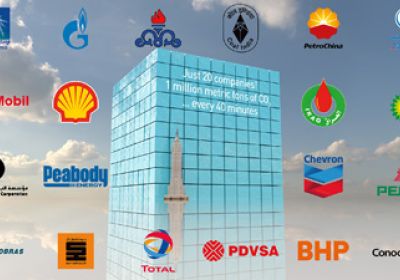
Fossil fuel corporations have already planned production to 2030 that will exceed the global carbon budget by 120%, writes Peter Boyle.